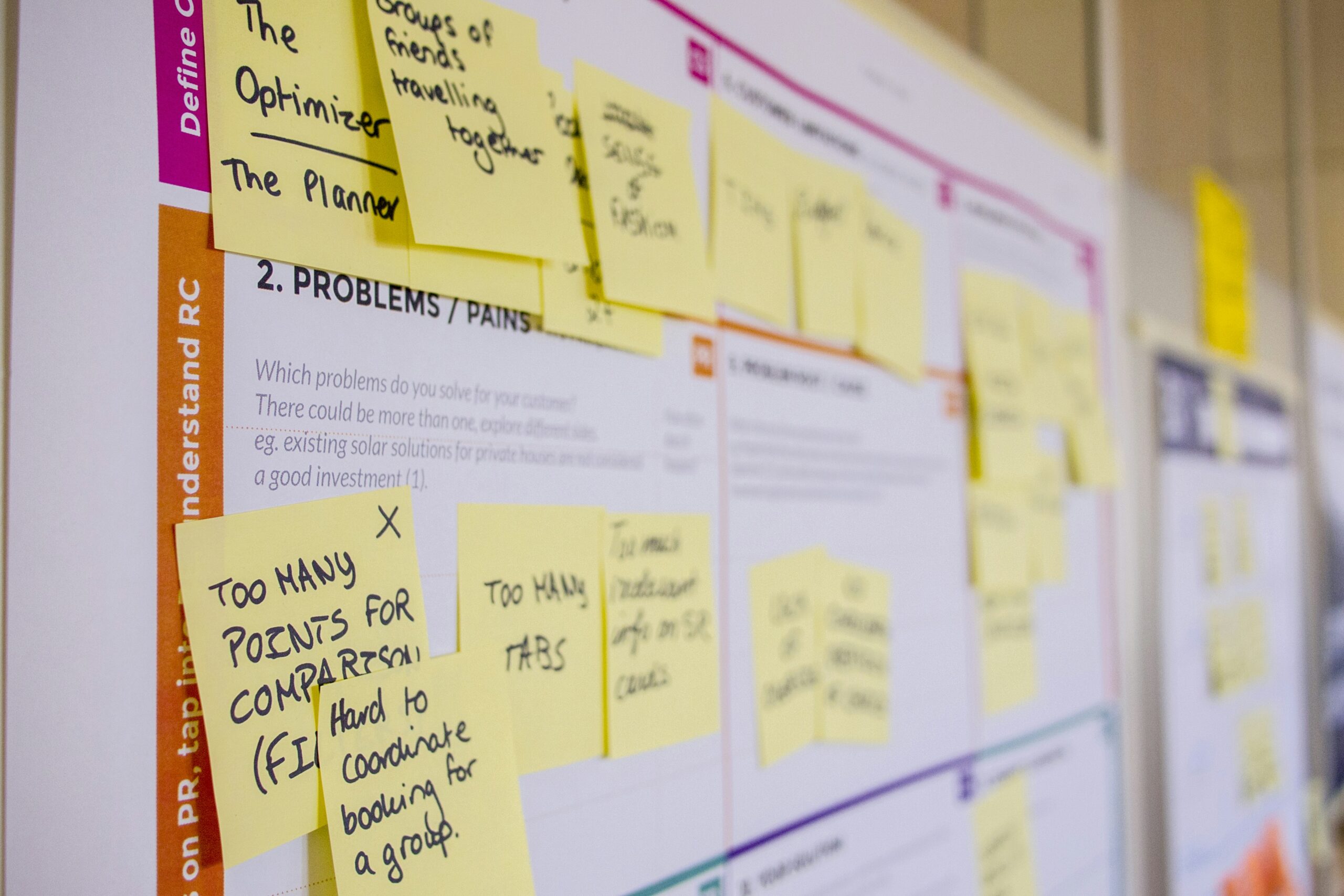Scrum Master roles in the agile framework are very critical in making sure that the Scrum team can work efficiently and effectively. One of their main duties as a Scrum Master is to eliminate any forms of obstacles or impediments that might slow down the team’s progress. This helps the team to always have an impetus to move forward and always deliver something valuable. Scrum Masters can remove obstructions from their teams by:
Facilitating Effective Communication
The crucial aspect of successful Scrum teams is effective communication. Lack of information or miscommunication may lead to significant delays and misunderstandings. The following are some ways that a Scrum Master can facilitate effective communication:
Organizing Daily Stand-Ups: These short sessions allow teammates to update each other on what they have accomplished, plan for the next day, and discuss any barriers encountered during their work processes. The Scrum Master should ensure these meetings are productive, time-boxed, and focused on solving immediate issues.
Encouraging Open Dialogue: Such kind of leader encourages team members to speak up without fear about any concerns they may have, or thoughts they need to share; they reach this by fostering a safe environment where everyone feels heard.
Implementing Collaboration Tools: The usage of such collaboration tools as Slack, Microsoft Teams, or Jira can help to enhance communication and alignment. The scrum master can introduce and control such tools responsible for the seamless sharing of information.
Eliminating External Dependencies
The team could be slowed down by external dependencies. These include things like reliance on other teams, divisions, or outside vendors. The Scrum Master can deal with this:
Identifying Dependencies Early: During sprint planning and backlog refinement sessions, the Scrum Master works with the team to identify any external dependencies. Early discovery leads to proactive management and mitigation.
Coordinating with Other Teams: Acting as a link between the Scrum team and other departments or teams, the Scrum Master facilitates efforts, harmonizes priorities, and ensures that all necessary resources are available when needed.
Negotiating with Stakeholders: Sometimes negotiation is required to manage the dependencies among stakeholders or vendors. Thus, he/she will see that deals are made and schedules synchronized without causing unnecessary delays.
Managing Technical Debt
Technical debt can be referred to as the shortcuts or suboptimal solutions that are used for speedy delivery but may cause future problems. The total technical debt, therefore, can slow down the development and create major issues. Here are ways that Scrum Master can manage technical debts:
Rearranging Refactoring: When teams work in sprints, and allocate time for refactoring and treating technical debts under Scrum Master’s control, this is known as rearranging of refactoring. Priority should be given to the appropriate backlog items containing technical debt.
Promoting Best Practices: Encouraging adherence to code standards, conducting code reviews, and implementing automatic testing processes will help reduce the rate at which technical debts accumulate. In addition, a scrum master may organize training sessions and workshops focusing on reinforcing these practices.
New Features versus Maintenance Balance: By striking a balance between new feature releases and maintenance tasks that must be undertaken by an organization’s Scrums team leader, it ensures the product remains robust and scalable without compromising quality.
Facilitating Effective Sprint Planning and Retrospectives
Proper sprint planning and retrospectives are vital for continuous improvement and smooth sprint execution. Some of these measures include:
Structured Sprint Planning:
Sprint planning involves ensuring that the team has a clear understanding of the goals for this sprint and that backlog items are clearly defined and prioritized by the Scrum Master. They guide the discussions to assist the team in estimating effort and identifying potential risks.
Actionable Retrospectives:
Retrospectives are chances for teams to look back on previous sprints and identify areas to improve on. The Scrum Master ensures that retrospectives are well thought out, and focused, and result in actionable outcomes. They also follow up on action items to promote continuous improvement.
Removing Distractions:
During sprint planning and retrospectives, any distractions can be removed by the Scrum Master so as not to disturb proceedings thus making them more productive.
Advocating for the Team
The Scrum Master acts as an advocate for their team by representing their interests or needs with stakeholders in the organization at large. This advocacy can help remove organizational impediments through:
Communicating Team Needs:
The needs of other teams, stakeholders, and management should be communicated by the scrum master regarding challenges faced by his team. By giving comprehensive data, they make certain that vital backing is provided to the team.
Protecting the Team against Scope Creep: A sprint can be derailed especially when unplanned work is introduced. For instance, a Scrum Master protects the team by ensuring that any new requests are properly scrutinized and included in the backlog for future sprints instead of interfering with the current work.
Advocating for Agile Values: The Scrum Master inspires agile values and principles throughout the organization. Stakeholders should be educated on the benefits of agile practices and thus align organizational processes with agile methodologies. This will help create an enabling environment that minimizes impediments.
Finishing touch
Scrum Masters play various roles in ensuring the success of Scrum teams. They also enable effective communication among the team members, remove any external dependencies hindering them from delivering continuous value, manage technical debts to facilitate effective sprint planning and retrospectives as well as advocate for their teams. These undertakings not only enhance productivity but also contribute to fostering a positive and collaborative working environment where agile values can flourish.
Views: 3




Leave a Reply